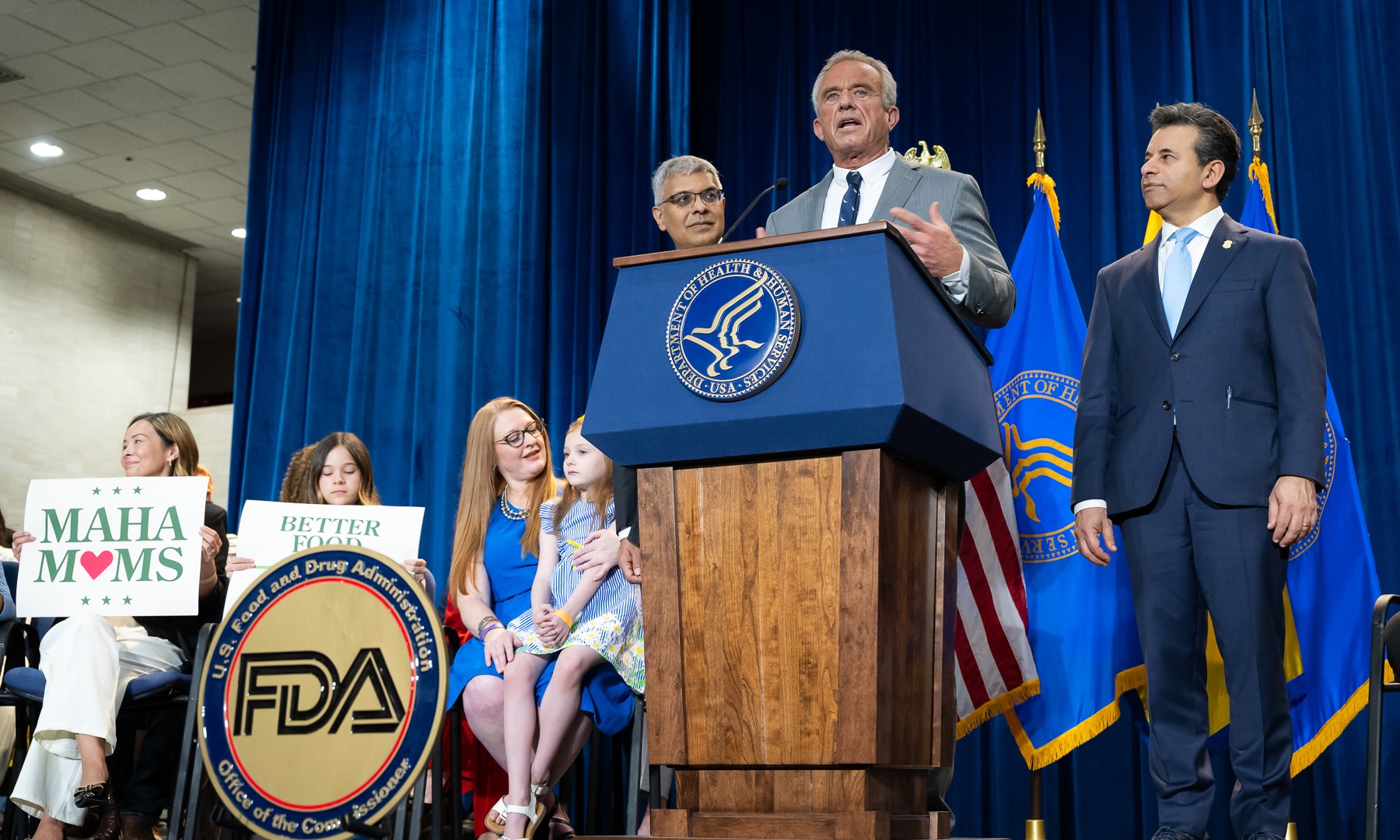The relationship between people and animals has developed over thousands of years, transforming from a practical partnership to one closely linked with emotional health. Currently, pets hold an essential and scientifically acknowledged position in enhancing the mental and emotional well-being of individuals from various ages, cultures, and backgrounds. This article delves into how animals like dogs, cats, and even more unusual pets aid in building emotional resilience, contribute to therapeutic successes, and maintain everyday psychological stability.
Having a Pet: A Pathway to Emotional Bonding
Social and emotional isolation is more frequently seen as a major public health issue, linked to mental health challenges like depression and anxiety, as well as related to heart health risks. Having a pet, particularly one that engages actively like a dog or cat, supports daily habits, brings meaning, and always offers companionship without judgment. In contrast to human connections, which may be complicated and inconsistent, pets provide steady love and routine.
Dogs, for example, prompt their owners to partake in social activities, from simple interactions at dog parks to more structured settings such as training classes and social gatherings. In a 2020 study published in the journal *BMC Public Health*, pet owners were found to report lower overall levels of loneliness, with dog owners experiencing the most distinctive benefits due to increased opportunities for social contact.
Biochemical Mechanisms: Pets and Neurochemical Changes
Interacting with pets triggers measurable neurochemical shifts in the human brain. Petting a dog or cat leads to increased levels of oxytocin, also known as the “bonding hormone.” This boost in oxytocin is linked to reductions in cortisol—a primary stress hormone. Simultaneously, dopamine and serotonin, neurotransmitters involved in mood regulation, are elevated, leading to feelings of happiness and satisfaction.
Research by the Human Animal Bond Research Institute indicates that watching fish in a tank can help decrease heart rate and muscle strain in grown-ups. Interaction, eye contact, and joint activities with animals trigger physical responses similar to those felt during positive interactions with people, giving emotional benefits even to those dealing with social anxiety or post-traumatic stress disorder.
Animals as Motivators for Daily Structure and Meaning
Mental health specialists frequently emphasize the need for organization and routine for those facing depression, anxiety, or significant life changes. Pets need consistent feeding, grooming, and physical activity, which requires daily planning and action. This ongoing responsibility can be particularly healing for individuals dealing with unpredictable situations, lack of employment, or recovering from trauma.
For instance, amid the COVID-19 pandemic, the worldwide increase in pet adoption highlighted not just more time spent at home but also a desire for emotional stability. Mental health professionals observed that individuals with animals were better able to sustain daily habits and showed fewer drops in mood and drive.
The Role of Pets in Child Development and Emotional Regulation
Youngsters who have companion animals frequently exhibit enhanced emotional control, empathy, and interpersonal abilities. Creatures offer nonverbal feedback and quick emotional reactions, enabling children to engage in nurturing activities and identify emotional signals. Initiatives that incorporate therapy dogs in educational settings have shown decreased anxiety among pupils, better reading capabilities, and increased involvement in classroom activities.
A 2017 review in *Frontiers in Psychology* highlighted that children exposed to animal-assisted interventions develop increased confidence and a greater sense of security, especially those experiencing academic or behavioral challenges.
Pets in Clinical and Therapeutic Settings
Beyond unstructured benefits, animals play vital roles within formal therapeutic environments. Animal-Assisted Therapy (AAT) is utilized for trauma victims, people with autism spectrum disorder, veterans dealing with PTSD, and elderly individuals in care facilities. Therapy animals aid in improving communication, enhance client participation, and assist in minimizing perceived stigma surrounding mental health support.
For example, dogs trained for mental health requirements help with panic episodes, lessen flashbacks, and disrupt dangerous actions, bringing back a feeling of security and independence to their handlers. In nursing homes, therapy animal visits have been linked to reduced restlessness and feelings of solitude in dementia patients.
Warnings and Factors to Consider
Despite the myriad advantages, pet ownership requires significant responsibility. Factors such as allergies, financial constraints, and personal limitations must be weighed carefully. In cases where direct ownership is not feasible, alternatives such as volunteering at local shelters or engaging in animal-assisted programs might provide similar emotional benefits.
It is also essential to acknowledge that pets, while powerful adjuncts to emotional health, are not substitutes for clinical intervention in severe mental health conditions. Their role complements, but does not replace, professional therapy, social support, or medication when necessary.
The impact of pets on emotional health is deeply woven into the fabric of daily life, scientific understanding, and therapeutic practice. The presence of an animal companion can spark biochemical reactions, create lasting routines, and foster resilience at every stage of life. From the laughter elicited by a playful kitten to the silent reassurance of a devoted service dog, pets translate the language of unconditional support and connection into tangible psychological benefits, inviting individuals to move through the world with greater warmth, hope, and healing.



